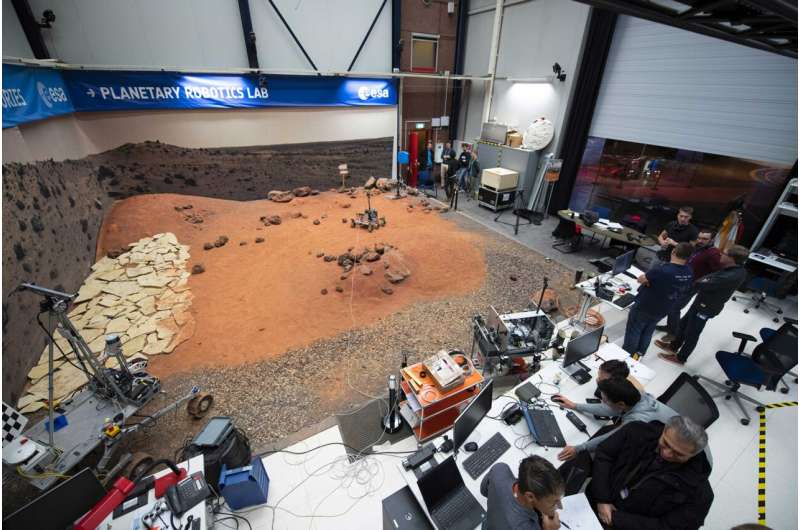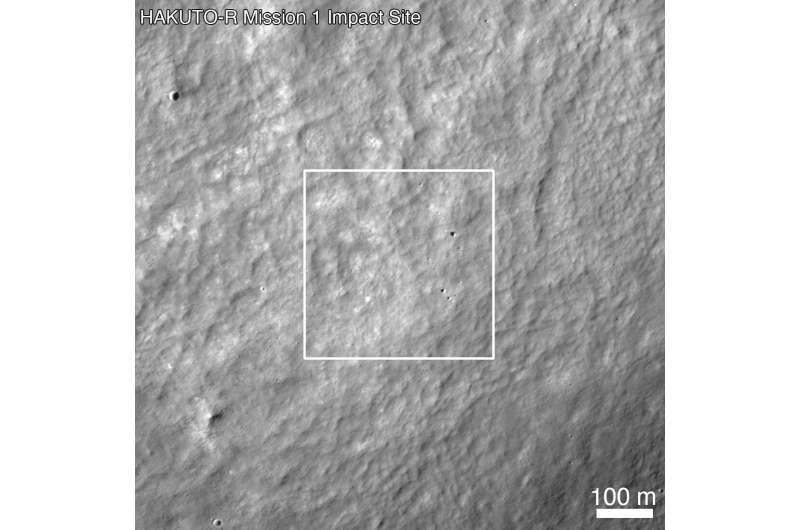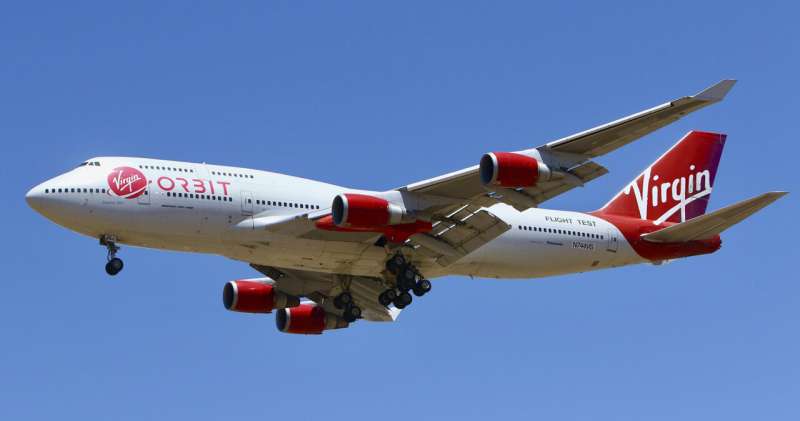BlackSky and Spire create commercial, real-time AI-driven maritime custody service
Thursday, 25 May 2023 03:16 BlackSky Technology Inc. (NYSE: BKSY) and Spire Global, Inc. (NYSE: SPIR) have teamed up to create a real-time, commercially available Maritime Custody Service (MCS) that can automatically detect, identify and track more than 270 thousand vessels worldwide in open water, along rivers and canals, and while docked at port.
"BlackSky and Spire have developed a very cost-effective and flexible
BlackSky Technology Inc. (NYSE: BKSY) and Spire Global, Inc. (NYSE: SPIR) have teamed up to create a real-time, commercially available Maritime Custody Service (MCS) that can automatically detect, identify and track more than 270 thousand vessels worldwide in open water, along rivers and canals, and while docked at port.
"BlackSky and Spire have developed a very cost-effective and flexible Iridium Edge Solar Integrates with Laird Connectivity Sensors to Expand Remote IoT Operations
Thursday, 25 May 2023 03:16 Iridium Communications Inc. (NASDAQ: IRDM) is proud to announce that it has partnered with Laird Connectivity, a global leader in wireless technology, to integrate their low-powered sensors with the self-charging Iridium Edge Solar. Laird Connectivity's Sentrius BT610 I/O and BT510+ IoT sensors connect to the Iridium Edge Solar over Bluetooth Low Energy (LE), adding a wealth of new capabilities
Iridium Communications Inc. (NASDAQ: IRDM) is proud to announce that it has partnered with Laird Connectivity, a global leader in wireless technology, to integrate their low-powered sensors with the self-charging Iridium Edge Solar. Laird Connectivity's Sentrius BT610 I/O and BT510+ IoT sensors connect to the Iridium Edge Solar over Bluetooth Low Energy (LE), adding a wealth of new capabilities Hyperscale satellite ground station to be built by Arctic Space Technologies for OneWeb
Thursday, 25 May 2023 03:16 Arctic Space Technologies, an eco-friendly and innovative provider of ground segments, and OneWeb, a low Earth orbit (LEO) satellite communications firm, have made significant progress on the OneWeb Satellite Network Portal (SNP). Located at the Arctic Space Technologies' Space Center in Pitea, the SNP is a massive satellite ground station installation.
Following a bilateral agreement in D
Arctic Space Technologies, an eco-friendly and innovative provider of ground segments, and OneWeb, a low Earth orbit (LEO) satellite communications firm, have made significant progress on the OneWeb Satellite Network Portal (SNP). Located at the Arctic Space Technologies' Space Center in Pitea, the SNP is a massive satellite ground station installation.
Following a bilateral agreement in D Raytheon Technologies and Vista bring LuxStream Unlimited Data plan to customers
Thursday, 25 May 2023 03:16 Raytheon Technologies' (NYSE: RTX) Collins Aerospace business has announced plans to bring unlimited data to the customers of Vista, a leading private aviation group. Using Collins' LuxStream, which runs exclusively on the SES's high-throughput satellite (HTS) network, Vista customers can now enjoy fast, reliable, unlimited internet access for the duration of their flights.
Since 2019, Vis
Raytheon Technologies' (NYSE: RTX) Collins Aerospace business has announced plans to bring unlimited data to the customers of Vista, a leading private aviation group. Using Collins' LuxStream, which runs exclusively on the SES's high-throughput satellite (HTS) network, Vista customers can now enjoy fast, reliable, unlimited internet access for the duration of their flights.
Since 2019, Vis LIGO Ready to Explore Secrets of the Universe
Thursday, 25 May 2023 03:16 Today, the LIGO-Virgo-KAGRA (LVK) collaboration begins a new observing run with upgraded instruments and other improvements to boost the search for gravitational waves, or ripples in space-time, generated by colliding black holes and other extreme cosmic events. The LVK collaboration consists of scientists across the globe who use a network of gravitational-wave observatories-LIGO in the United
Today, the LIGO-Virgo-KAGRA (LVK) collaboration begins a new observing run with upgraded instruments and other improvements to boost the search for gravitational waves, or ripples in space-time, generated by colliding black holes and other extreme cosmic events. The LVK collaboration consists of scientists across the globe who use a network of gravitational-wave observatories-LIGO in the United Iceye introduces Dwell imaging mode
Thursday, 25 May 2023 00:07
Iceye unveiled an imaging mode at the GEOINT Symposium that distinguishes human-made from natural objects and highlights moving vehicles.
The post Iceye introduces Dwell imaging mode appeared first on SpaceNews.
Impulse and Relativity target 2026 for launch of first Mars lander mission
Wednesday, 24 May 2023 19:19
Two companies are preparing for a 2026 launch of what they believe will be the first commercial robotic Mars lander mission, the start of what the companies plan to be a regular series of such missions.
Fleet Space secures $33 million for mineral exploration constellation
Wednesday, 24 May 2023 18:51
Fleet Space Technologies has raised around $33 million in a Series C round to expand its satellite-based mineral exploration services.
Image: Mars terrain recreation at ESA
Wednesday, 24 May 2023 16:42
A downward view of ESA's rock-strewn recreation of the Red Planet, is designed to put prototype planetary rovers through their paces.
Officially part of the Planetary Robotics Laboratory at the Agency's ESTEC technical center in Noordwijk, the Netherlands, the nickname of this test site is the "Mars Yard."
An 9 x 9 m square filled with sand and different types of gravel and rocks, it is used to assess rover locomotion and navigation as well as the traction of wheels and other mechanisms. Then researchers can check how these elements work together in practice, with tests observed using precision cameras and sensors.
The Planetary Robotics Lab is part of a suite of more than 35 ESA laboratories focused on all aspects of space engineering, available to wider European Member States companies as well as ESA projects.
Provided by European Space Agency
NASA's LRO views impact site of HAKUTO-R mission 1 moon lander
Wednesday, 24 May 2023 16:38
The ispace HAKUTO-R Mission 1 lunar lander was launched on Dec. 11, 2022, a privately funded spacecraft planned to land on the lunar surface. After a several-month journey to the moon, the spacecraft started a controlled descent to the surface to land near Atlas crater. The ispace team announced the following day that an anomaly occurred, and the HAKUTO-R Mission 1 lunar lander had not safely touched down on the surface.
NASA's Chandra, Webb telescopes combine for arresting views
Wednesday, 24 May 2023 16:37
When multiple NASA telescopes observe the same cosmic region, the universe's true colors are revealed.
Four composite images deliver dazzling views from NASA's Chandra X-ray Observatory and James Webb Space Telescope of two galaxies, a nebula, and a star cluster.
BlackSky, Spire roll out space-based maritime tracking service
Wednesday, 24 May 2023 16:02
BlackSky and Spire Global announced May 24 they are offering a new monitoring service that tracks ships via satellites.
Virgin Orbit to cease operations, sell assets of Richard Branson's satellite launcher
Wednesday, 24 May 2023 15:21
Japan’s GITAI raises $29 million for space robotics business
Wednesday, 24 May 2023 13:04
Japanese space robotics venture GITAI has raised around $29 million to accelerate technology development and its U.S.
Fighting wildfires in France | FIRE Preview
Wednesday, 24 May 2023 13:00 Video:
00:12:42
Video:
00:12:42
Enjoy a sneak peek of ESA’s new documentary that looks at fire in all its fury - and how satellite technology is helping to mitigate this consequence of climate change. Join us on this journey as we meet the firefighter who fought one of the largest wildfires in his career, climate scientists working with satellite data, and the people on the frontline using these data to aid those affected. The full documentary will be released this summer.

